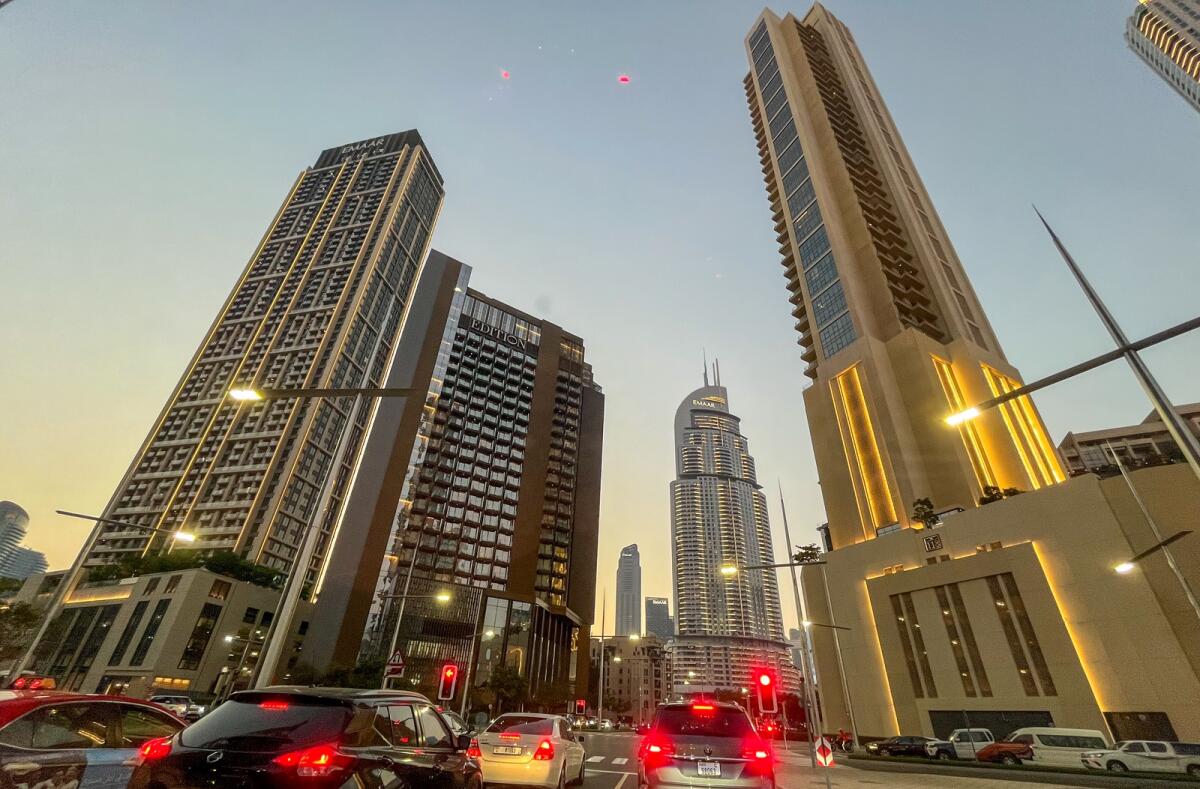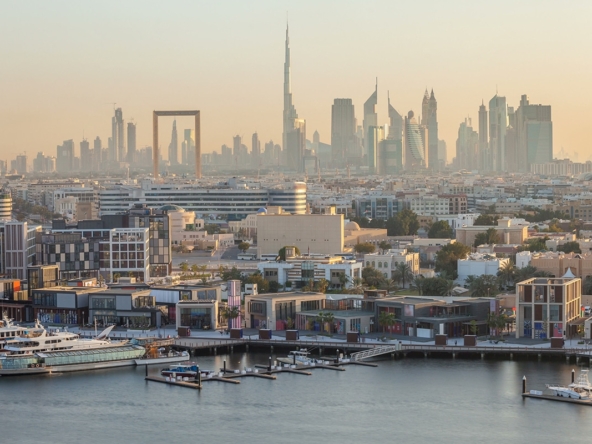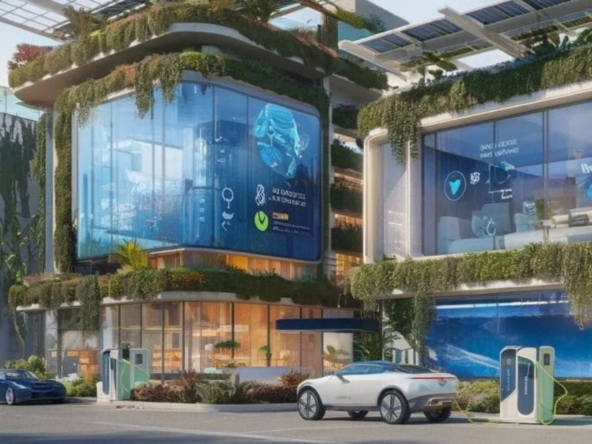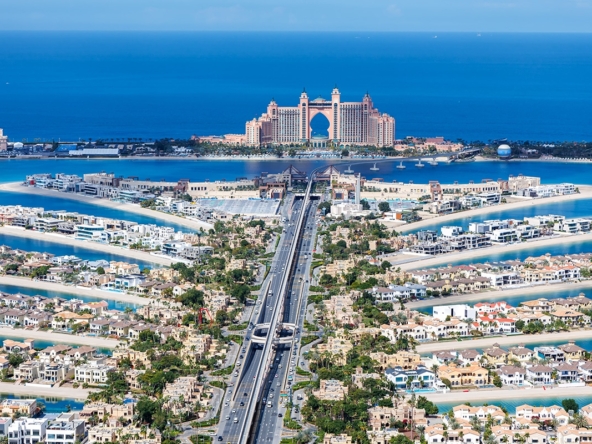The UAE government’s liberal migration policies are key to sustaining Dubai’s real estate growth story, an expert said.
“Dubai’s attraction is undeniable, as entrepreneurs, investors, high-net-worth individuals (HNWIs) and Ulta-HNWIs (UHNWIs) from across the globe flock to the city. A combination of legislative reforms, long-term residency options, tax advantages, and business-friendly policies have made Dubai a top destination for global capital. The city’s world-class infrastructure, healthcare, education, and lifestyle further enhance its appeal, making it the ultimate haven for the worlds affluent,” Abdullah Alajaji, CEO of Driven Properties, told Khaleej Times.
Like Madrid and Miami, Dubai’s success is rooted in favourable migration and economic policies, Alajaji stressed. “These cities have emerged as safe havens for wealthy individuals seeking financial stability and superior quality of life. In contrast, cities like London, Hong Kong, and Berlin have faced economic setbacks due to shifting policies and uncertain market conditions,” he added.
The supply situation in Dubai’s real estate market is on everyone’s radar. “While demand remains strong, supply is being carefully managed. Some major master plans, like the ambitious Jumeirah Central project, originally slated for completion opposite the Mall of The Emirates, have been shelved. Meanwhile, developments such as Palm Jebel Ali are moving forward, supported by strategic initiatives like the expansion of Al Maktoum Airport and Dubai’s anticipated population growth. In the north, Dubai Islands is making progress, with developers preparing to reveal new plans soon,” Alajaji said.
Land availability remains vast towards the eastern part of the emirate, but careful control over supply will be crucial to preventing oversaturation in the market, Alajaji noted. “This measured approach is key to maintaining balance in Dubai’s real estate sector and ensuring it remains attractive to global investors,” he added.
Alajaji pointed to the Golden Square — a term used at Driven to describe the prime area stretching from Port De La Mer to Jumeirah Bay Island, and including the Peninsula, a new ultra-luxury island, Downtown, Jumeirah Water Canal, and City Walk — is set to see the highest occupancy rates and growth in the coming years. “With landmarks like DIFC and the soon-to-arrive DIFC 2.0, this zone will be a focal point of Dubai’s premium real estate,” he added.
Encouragingly, the decision by Dubai’s mega-developers to delay or scale back some large-scale projects demonstrates a commitment to ensuring the market remains healthy. The shift toward controlled, strategic growth is a positive sign for the city’s future, the Driven CEO said.
Recent trends show that, for the first time in several quarters, Dubai’s secondary real estate market is outperforming the primary market in both transaction volume and value. This shift highlights the market’s maturation and the growing value of existing properties.
“At Driven, we closely track population density as a key indicator of long-term real estate potential. Dubai’s current density stands at 727 people per square kilometre, significantly lower than cities like Singapore (7,500 people per square kilometer) and New York City (over 10,000 people per square kilometer). As Dubai continues to execute its 2040 Urban Plan and carefully release new inventory, the market will only become more resilient,” Alajaji said.
Dubai’s Real Estate Cycles: Growth and Correction
Dubai’s real estate market has experienced distinct cycles of growth and correction over the years:
• 2000-2008: The introduction of freehold laws allowing foreign ownership fuels exponential growth.
• 2009-2011: The global financial crisis hits, and Dubai feels the impact.
• 2012-2014: Economic recovery leads to another market upturn.
• 2015-2020: A period of correction and market stabilization.
• 2021-2024: The market experiences rapid expansion and growth.
• 2025-2040: A time to solidify gains, with strategic growth shaping the future.

Abdullah Alajaji, CEO of Driven Properties
Despite rising prices, Dubai remains one of the most affordable luxury markets globally. Bloomberg recently reported that Dubai is the best-performing real estate market in the world, with high yields making it a prime buying opportunity. Price-to-earnings ratios for properties remain lower than they were pre-Covid, offering significant upside potential.
And globally, the climate is shifting in Dubai’s favour. “The US Federal Reserve’s anticipated interest rate cuts, expected to start this September, will bring relief to money markets worldwide, boosting Dubai’s real estate and alternative assets,” Alajaji said.
As demand continues to outpace supply, Dubai is preparing to roll out several ultra-luxury developments:
• Peninsula Projects: Located along the Jumeirah coast, these branded residences and luxury hotels (Aman and Rosewood) will redefine waterfront living.
• Cheval Blanc Island: Set to be Dubai’s most exclusive address, this development will offer unparalleled luxury living.
• Discovery Dunes: For those seeking a unique lifestyle, this US-developed golf course community will feature grand mansions and luxury amenities.
• Bureau Lamar: Addressing the lack of high-end office space, this Business Bay project will offer sustainable, luxury offices with water views.
These developments, along with Dubai’s strategic investments in infrastructure, ensure that the city’s real estate market remains a global hotspot for years to come.
“As demand continues to outweigh supply, investors should act now to take advantage of Dubai’s unique position. With the convergence of global capital, controlled supply, and robust growth, Dubai’s real estate market offers unmatched opportunities,” Alajaji said.
Source Link…




